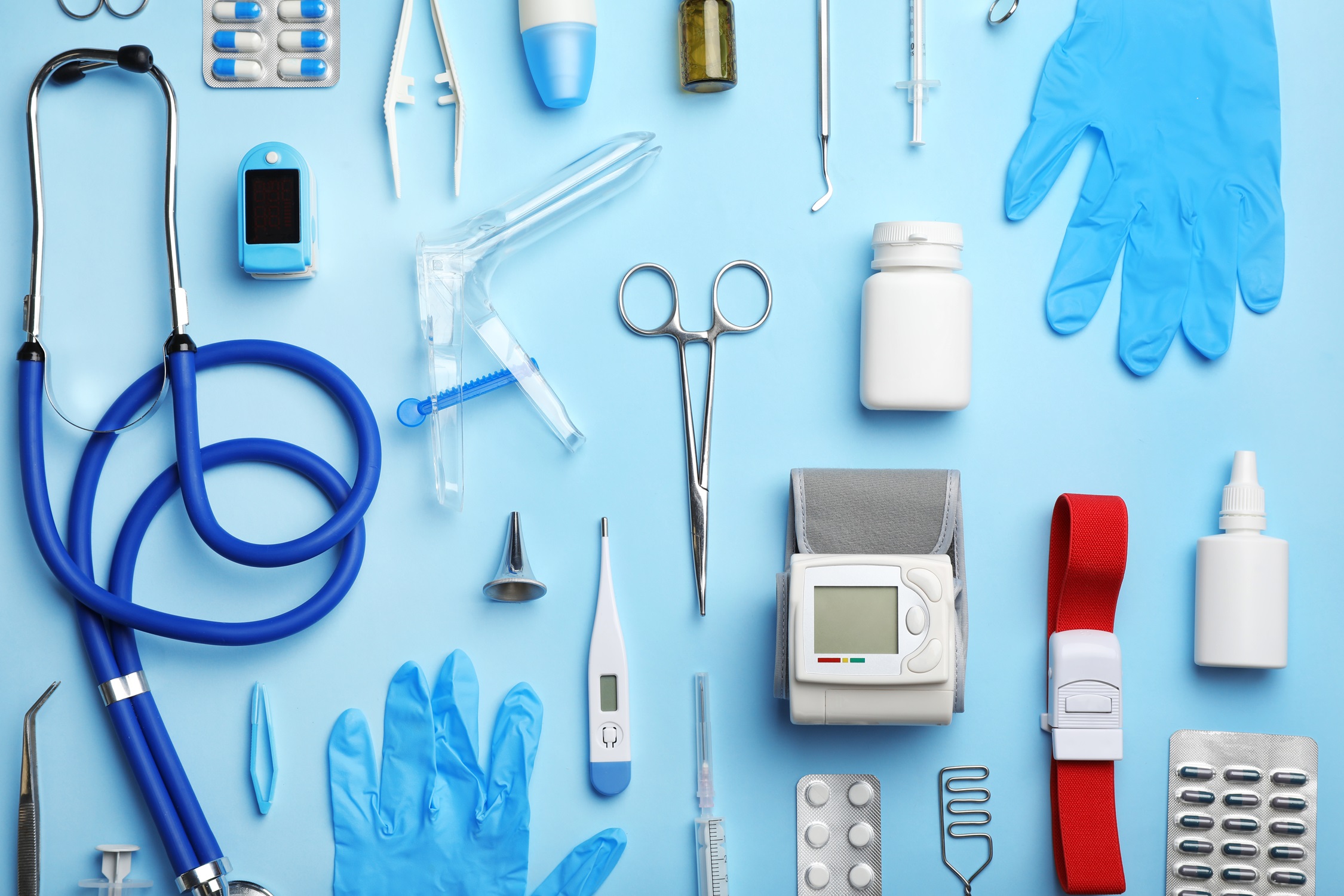The world of medical device manufacturing is incredibly complex, and compliance is a huge contributing factor to its complexity. That being said, medical device compliance plays a large role in making sure medical devices are safe and effective. While the complexity of compliance in this industry can be difficult and confusing to navigate, it’s essential to keep patients safe and maintain access to the market. This article will talk about the complexities of medical device compliance, such as the key regulatory pathways, roles of regulatory affairs professionals, global considerations, and the challenges and opportunities presented by the compliance process.
Regulatory Bodies and Standards
Of course, there are numerous strict regulations that govern medical device compliance. These regulations are established by regulatory bodies like the U.S. Food and Drug Administration (FDA), the European Union’s Medical Device Regulation (EU MDR), and international agencies like the International Medical Device Regulators Forum (IMDRF). Each body has specific requirements meant to make sure medical devices are safe and effective.
In the United States, the FDA separates medical devices into three classes based on their risk level. Class I devices are considered low-risk, and many of them don’t have to go through the regulatory process. Class II devices are moderate risk, and require special controls such as performance standards and postmarket surveillance. Most Class II devices also need a 510(k) premarket notification to demonstrate that they’re similar enough to a device already being legally marketed. Class III devices pose the highest risk, are implanted, typically sustain or support life, or present illness or injury risks. As a result, Class III devices require Premarket Approval, a process that looks at the likely health benefits of using the device and weighs them against the likely risks.
There’s also the International Organization for Standardization (ISO). The ISO has numerous policies like ISO 13485 for quality management systems and ISO 14971 for risk management that play pivotal roles in medical device compliance. Meeting these standards is often required to meet national and international regulatory requirements.
The FDA’s Regulatory Pathways
The FDA medical device regulations are in place to make sure medical devices marketed in the United States are safe and effective. This medical device approval process involves premarket review, clearance, and approval based on the device classification.
Class I devices, the lowest risk level, have the least regulatory controls placed on them and often only need to comply with general controls like good manufacturing practices. Class II devices, which pose moderate-risk, require more stringent controls and typically need to undergo a 510(k) process to demonstrate they’re similar enough to an already existing approved device. The strictest pathway is for Class III devices, the highest risk level. Class III devices are usually invasive, sustain or support life, and require detailed PMA that includes tons of research and data about how safe and effective they are.
Additionally, all medical devices, regardless of classification, need to comply with Current Good Manufacturing Practices (CGMP) to make sure their production and packaging methods are up to par. The FDA also mandates the use of Unique Device Identifiers (UDIs) readable by machines and humans so they can be more easily tracked for postmarket surveillance.
The Role of Regulatory Affairs Professionals
Regulatory affairs professionals and legal professionals also have a large part to play in the medical device compliance process. Their primary role is to interpret and apply global medical device regulations throughout the product development lifecycle, from design and clinical trials to market approval and postmarket surveillance.
These professionals are responsible for huge portions of the medical device approval process, and making sure products meet the latest regulatory standards. They also represent the company during regulatory inspections and meet with regulatory bodies to keep the approval process running smoothly. Regulatory affairs should be a consistent part of the product development process from start to finish to mitigate risks and maintain compliance from the outset.
Global Compliance Considerations
Medical device compliance is not limited to national borders. Medical device manufacturers must navigate numerous sets of regulations across different markets. For instance, the European Union’s Medical Device Regulation (MDR) imposes strict requirements for clinical evaluations and postmarket surveillance. Similarly, China recently overhauled its medical device regulations, introducing new requirements for clinical trials and product registration.
Additionally, the Medical Device Single Audit Program (MDSAP) is meant to align global medical device regulations across multiple countries including the US, Canada, Japan, Brazil, and Australia. This program allows a single regulatory audit to satisfy the requirements of all the participating countries, reducing the compliance burden on manufacturers, as well as making inspections faster and more consistent.
Quality Management and Risk Management
Medical device compliance also requires tons of quality management. ISO 13485 is the international standard for quality management in the medical device industry. It outlines comprehensive quality management requirements that cover all stages of a product’s lifecycle, from design and development to production and servicing.
Risk management is an equally important part of medical device compliance. ISO 14971 provides a process for risk management that includes identifying, evaluating, and mitigating the risks presented by medical devices. This standard makes sure potential risks are identified throughout the product’s lifecycle, keeping medical devices safe and in compliance.
Regular audits, rigorous testing, and thorough documentation are important parts of maintaining medical device compliance. These activities identify and fix potential issues before they become more significant problems, keeping the devices safe and effective.
Challenges and Opportunities in Compliance
The complex, constantly shifting world of medical device regulations presents numerous challenges. Staying on top of regulatory changes, coordinating with multiple regulatory bodies, and ensuring that all aspects of the manufacturing process meet strict requirements can be quite challenging. However, these challenges also present opportunities for improvement and innovations like using AI to interpret brain waves.
Proactive compliance can boost operational efficiency, improve product quality, and strengthen market positions. By embracing regulatory complexity and turning compliance into a strategic advantage, companies can gain a competitive edge and build trust with healthcare professionals and patients.
The Future of Medical Device Compliance
Medical device compliance is a complex, critical element of the healthcare industry. It makes sure devices are safe, effective, and high quality. With an understanding of the regulatory pathways, the role of regulatory affairs professionals, and the importance of global compliance and quality management systems, manufacturers can navigate the complexities of medical device compliance effectively. Embracing compliance like this keeps patients safe and enhances market competition, while also fostering innovation in the medical device industry.




